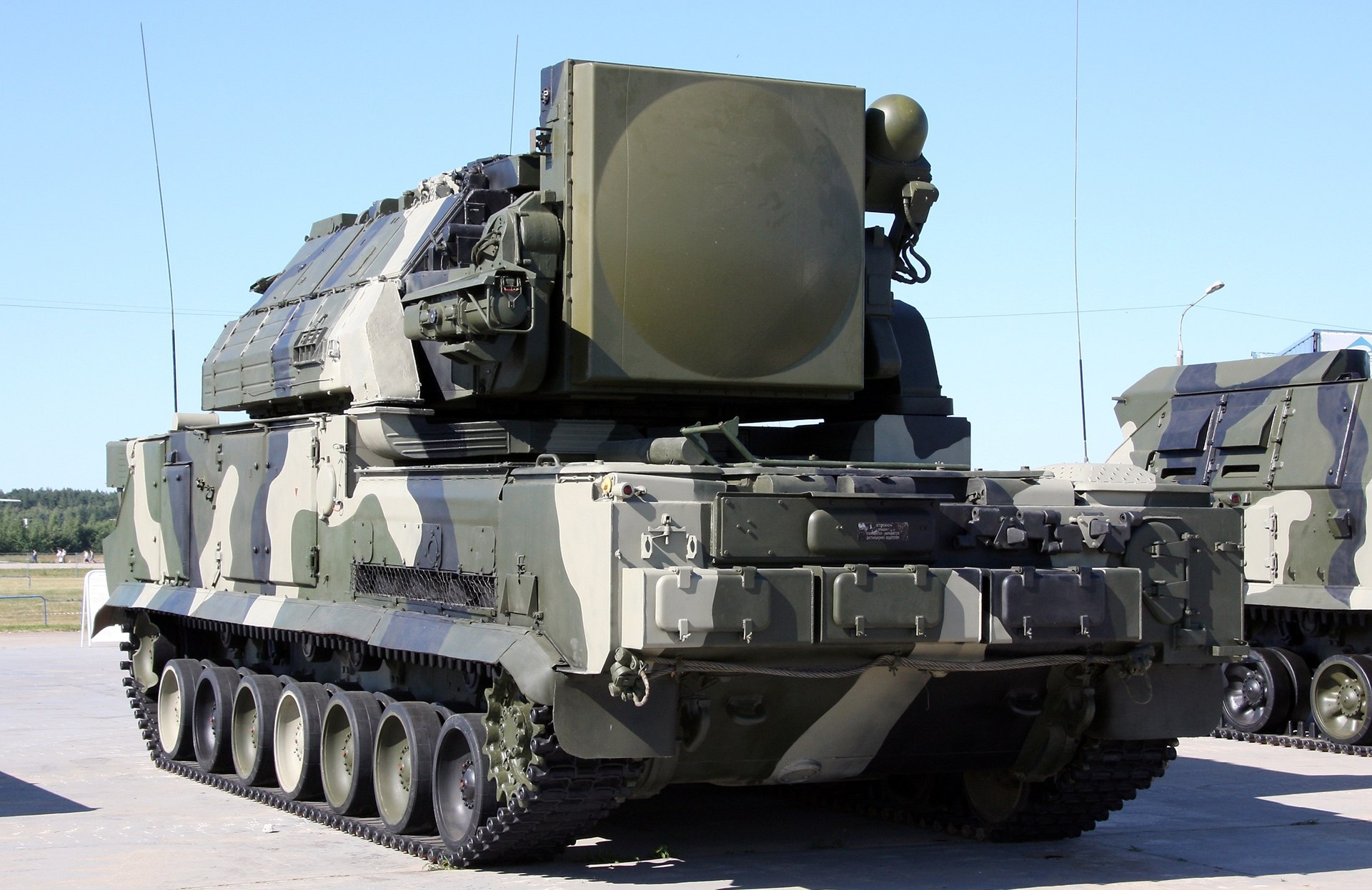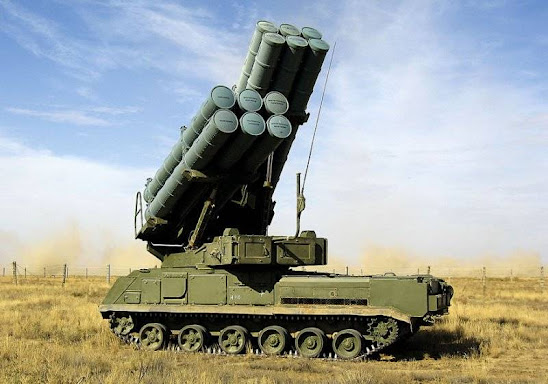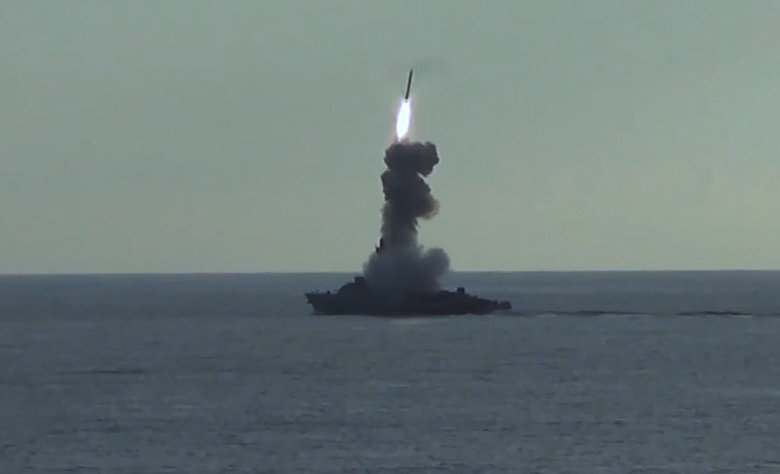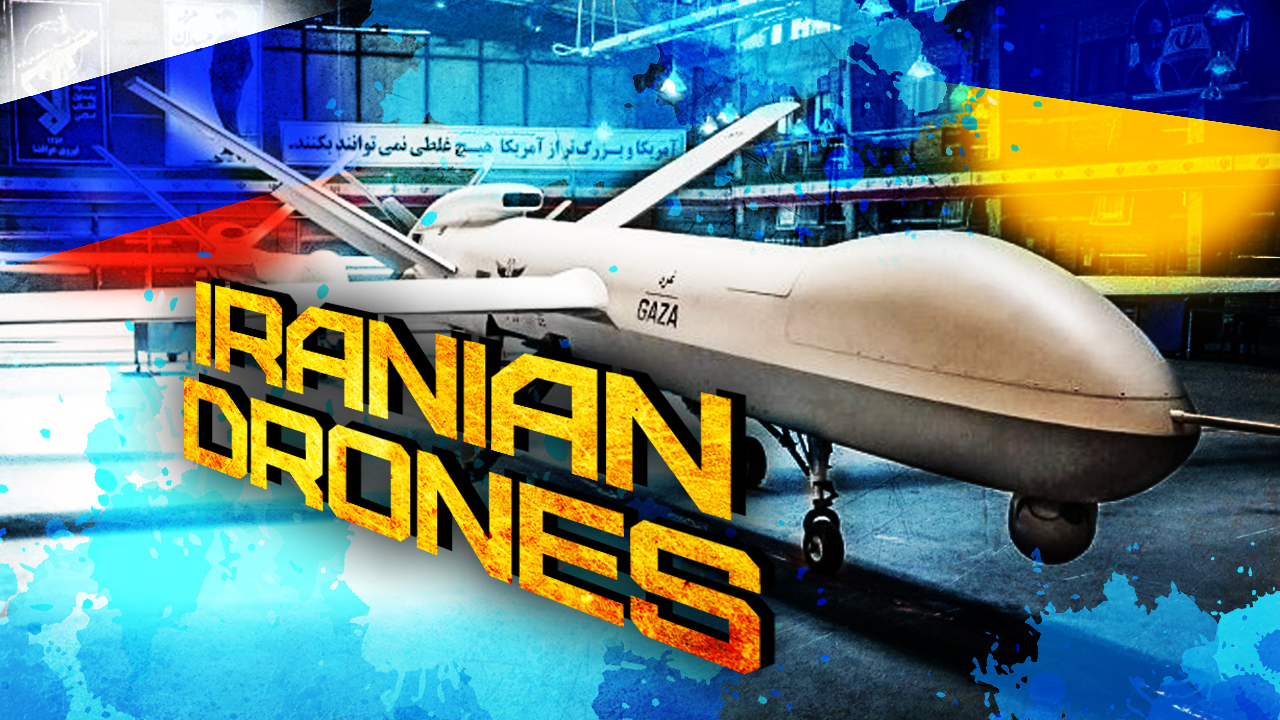Thanks to Larch who pointed my nose to the article by Lt.Colonel John Dolan at the Task and Purpose site. The title of article leaves no secret what is it all about:
The Army is getting leaders ready for a war unlike any the US has ever seen. The service is moving away from the past and training for future operations against China and Russia. There, Nolan makes some assertions which need to be elaborated upon. Nolan opens with this:
For several years, the U.S. Army has been considering how to better prepare its leaders and formations for large-scale combat operations (LSCO) against peer and near-peer threats. As an Army officer with over four years in Iraq, Afghanistan, and the broader Middle East, I appreciate the challenges of transitioning a force well-trained and educated in counter-insurgency operations (COIN) to one capable of fighting and prevailing against threats like Russia and/or China. The Maneuver Captains Career Course (MCCC) at Fort Benning, Georgia, the Army’s premier school for educating its officers in tactics and planning, has made revising its course curriculum to fully teach LSCO and competition with China and Russia its top priority. MCCC is building a fully-aligned LSCO curriculum by redefining our operational environment, focusing on the division (DIV) as the unit of action, and considering expansion opportunities within multi-domain operations (MDO) to develop the Army’s next generation of maneuver leaders to fight and win in LSCO.
There is absolutely no doubt that Pentagon (and CIA) have been looking at Russia's Wars very attentively. It is true for both Syrian Campaign and, of course, events in Ukraine since 2014 and, especially, now with SMO. Nolan's article is not a very tacit admission of an utter failure of the Pentagon's fighting doctrine and of the return, as is perceived in the US, of the massive scale combined arms warfare. Of course, in reality it never went away and Russians never abandoned this view of war, even despite the reign, primarily in the information environment, of the concepts such as Revolution in Military Affairs, Counter-insurgency and other similar concepts which were the extension of the overall American view on the warfare which none other than a fanatical Russophobe Richard Pipes (which makes it even more valuable under circumstances) noted in 1977:
The United States wants to win its wars quickly and with the smallest losses in American lives. It is disinclined, therefore, to act on protracted and indirect strategies, or to engage in limited wars and wars of attrition. Once it it resorts to arms, it prefers to mobilize the great might of its industrial plant to produce vast quantities of the means of destruction with which in the shortest possible time to undermine the enemy's will and ability to continue the struggle. Extreme reliance on technological superiority, characteristic of US warfare is the obverse side of America's extreme sensitivity to its own casualties; so is indifference to the casualties inflicted on enemy.
This quote from Pipes' otherwise loony and, naturally, incompetent piece
Why the Soviet Union Thinks It Could Fight and Win a Nuclear War, should have been used by Nolan as a preamble to his piece, because it covers immediately the foundation on which US warfare was built and it answers immediately the question
WHY the United States Army Couldn't Fight and Win a Massive Scale Combined Arms War in Eastern Europe. Nolan goes to a great length trying to frame a discussion by reviewing the operational environment and manuals which the United States Army tries to adapt to the realities of the possible war, titled in Pentagonese LSCO (Large Scale Combat Operations) with Russia or China. It is all fine and dandy, and, in fact, necessary. Nolan adds here a personal touch:
As a platoon leader in Iraq, I credit two Apache attack helicopters with saving my life, and I knew I could always rely on air support being close by and highly responsive. In an LSCO environment, the days of helicopters loitering over small units, unmanned aircraft systems (UAS) soaking targets uncontested for 48 hours, and firing mortars and artillery without regard for their proximity to command posts, assembly areas, and logistics nodes are gone. Similarly, our expectation of complete air supremacy and not worrying about more than a small UAS dropping a 40mm grenade on top of us is unrealistic. This revised operational environment that MCCC is building into its scenarios is intended to teach students to account for a threat with accurate and even overmatched fires, air defense assets at nearly every echelon, aircraft capable of striking friendly units, near-constant observation by enemy UAS, and the capabilities to broadly disrupt our communications systems. We are trying to impart to our students that the resources they will receive are 1) more finite in terms of time allocation and quantity, 2) susceptible to many forms of enemy contact, and 3) must be employed thoughtfully to prevent easy enemy predation and enable preservation for future friendly use.
Well, that is a good start and it is the duty of professionals to view things in proper perspective and framework but the reason the United States Army couldn't win LSCO in Eastern Europe against Russia is already answered by... Pipes and it is very simple:
1. The United States as a country is incapable to face the number of casualties, especially in KIAs, which will amount, roughly, to 1,000-1,500 KIAS per day alone. This is not a theorem, it is an axiom. In other words, what Nolan admits as shortcomings are, even when one has the ability to adapt somewhat tactically and operationally, what Nolan terms as to be "employed thoughtfully", to the realities of European LSCO, one still is reduced to this proverbial:
2.TOE: Table of Organization and Equipment.
Like this relic of the Cold War 1.0.
And here is the thing which SMO demonstrated perfectly and which the US Army NEVER experienced in its history.
A) Classic truism of the 3rd Generation Wars (per Soviet Military thinkers) of stand off and SMART munitions and increasing accuracy of the targeting which is known since 1980s: If I see you, I can kill you. Obviously a bunch (in thousands) of the annihilated NATO "volunteers" in Ukraine cannot testify to this tactical and operational truism, but some, who had enough IQ to save their asses by running, will--it is true. Russia, as the US, has a superb and constantly improving ISR complex and, unlike any other potential enemy of the US, can deny the US the same, including removing or disabling most of the US space based recon assets both physically and by a "soft kill".
B) This all comes down to this TOE, especially its "Equipment" part since Russia not only
deploys megawatt class combat lasers but builds specially designed systems capable to "kill" any number of enemy satellites, including whatever Elon Musk wants to put into orbit. One of the unpleasant, for the NATO, things here is that these systems are capable not only to "remove" NATO's space-based assets but are capable of fighting US' counter-measures, thus ensuring a continuous operation of crucial parts of Recon and Targeting systems such as Liana, as an example. Once you lose situational awareness--you lose. The United States Army never fought under such conditions.
C) Maneuver: here comes this back to TOE, its "Equipment" part, issue: maneuver with WHAT? Putting aside a few hundred French and German Main Battle Tanks, M1 Abrams with its monstrous weight and dimensions is not a very effective platform in the environment where it will have to face hundreds of
T-90M Proryv (all Netcentric and capable to even provide targeting to Russian Air Force assets) and now serially produced T-14 Armatas, while classic US battlefield strength in Close Air Support most likely will be either mitigated or removed altogether. Because, and you may have guessed it, and I wrote about it many times--the United States simply has no concept of advanced Troops Air Defense, unless one wants to impress Russians with this:

Which sounds like a bad joke with Russian ground forces deploying organic air defense systems which include this:

Or this:

And many other things which proved their very high effectiveness on the battlefield in serious conflicts both in Syria and in SMO. And these are just some of them. Not least in the ECM field, that even US specialists in the matter, surprisingly, are going public explaining why Russia "doesn't actively jam GPS".
Saving the best to use against U.S. and NATO. Despite the location of the conflict, Ukraine is not the enemy Vladimir Putin is really worried about. His concerns focus on the U.S. and NATO. Deploying Russia’s most sophisticated and powerful electronic weapons in Ukraine would enable adversaries to study technologies and tactics. This would lead to the development of countermeasures and make the weapons less effective in future conflicts. Better for Russia to keep its best tools and tricks for interfering with GPS in reserve for use later against larger forces and more important targets.
Nolan is correct in his conclusion that:
Competition with China and Russia is here to stay for the foreseeable future, and this requires an institutional shift towards better understanding and training for LSCO. As I write this, Russia continues its war in Ukraine, and the United States continues to push more troops and arms to Eastern Europe to bolster our Allies. While transitioning our Army to a fighting force more capable of prevailing in an LSCO contest will not happen overnight, MCoE and MCCC play a vital role in preparing future generations of Army leaders to fight and win the next war. Our key is to remain agile and dynamic in our curriculum and instructional approach, with our foot on the gas – willing to adjust and adapt for the future fight.
But here is the issue--in order to have this "E" in TOE you need a national military-industrial capability which was lost by the United States long time ago and I was probably one of the first, may be even first, people who by 2017 started to point out to the United States losing Arms Race to Russia. Today the improvement in capabilities for the United States Army rests not just with, however important, combat training or new curriculum and instructional approach, knowing an academic catastrophe unfolding, as an example, in the USMA in West Point. It rests with the ability of the United States to produce effective and competitive weapons for the modern war, but I don't see this happening any time soon because the issue is systemic and it straddles the whole spectrum of political, economic and military activities in the United States today. The prognosis is not good.
But Nolan is not the only one who begins to ask some hard questions. As some at West Point asked two years ago:
The answer is very simple, there is no "If", in case of, God forbids, the United States deciding to commit suicide by Russia, the US Army will have to deal not just with own technological inferiority but fighting people who for millennium fought off the best both Orient and combined West could throw at them, while the US Army trying to "defeat" Russia will be the force which never fought in defense of own country directly and, apart from this disparity in TOE, it is this moral factor which the US Army lacks and will continue to lack if it decides to go the way of Teutonic Knights, Mongol-Tatars, Polish invaders, Napoleon or Hitler. These experiences cannot be bought by money or internalized on the level of nation and its armed forces, but this is the factor which matters above all. In the end, the United States doesn't have this:

It is simply beyond American cultural and military experiences. And that, in the end, is what wins wars.









